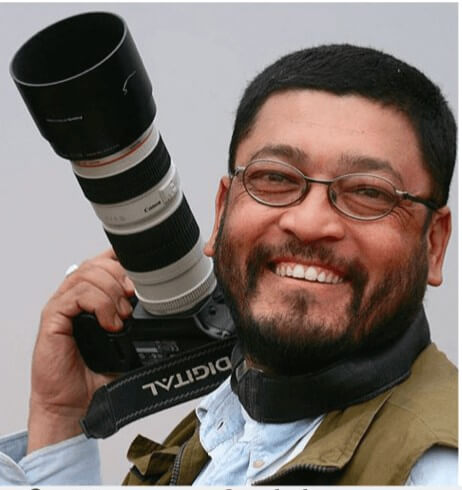Returning to the cradle of democracy

Min Bajracharya was just 18 then. He was close to Nepali Congress democracy warrior Ganesh Man Singh, and was photographing the People’s Movement of 1990 at the Khula Manch in Kathmandu, when he took what is now the famous photograph of the protest with his Nikon F-2 and a 105mm lens.
A young woman leaps above the mainly-male demonstrators sitting and waiting to hear the pro-democracy leaders at the open theatre. Her hands and fingers make V-signs above her head. Her face is defiant, fervent. Her cry of “Long live democracy” is audible over the noise, as the men look on.
Durga Thapa was a student, and was a fiery defender of democracy. But she did not know that Bajracharya had just taken a photograph that would make her famous. That came much later.


It was the morning of 9 April 1990, the month-long protests had climaxed with King Birendra restoring multi-party democracy. A new constitution a year later turned Nepal from an absolute into a constitutional monarchy.
There was a victory rally at the Khula Manch on what has come to be known as ‘Chait 17. Formerly underground leaders like Krishna Prasad Bhattarai, Ganesh Man Singh and Man Mohan Adhikari were on stage. As Bhattarai gave a rousing speech, Bajracharya noticed the young student spring up from the crowd. He turned his camera away from the podium to her and took a couple of photographs.
Min Bajracharya stored Durga Thapa’s images in his negative cabinet, and it was only two years later that it made it to the cover of the book, Dawn of Democracy published by the Human Rights Protection Forum. Since then the photo has been used in t-shirts, banners and even coffee mugs – most of it, Bajracharya rues, without permission or payment.
As a staff photographer for Himal Khabarpatrika and Nepali Times Min Bajracharya went on to document the war, the royal massacre of 2001 and King Gyanendra’s coup.
In 2006, when the Second People’s Movement against Gyanendra gathered strength in the Kathmandu Spring, Nepali Times asked Bajracharya if he could track down Durga Thapa.
And there she was: back on the streets, still shouting “Long live democracy” outside Singha Darbar. Sixteen years after he took her picture, he took another photograph of Durga Thapa, smeared in vermilion and leading a pro-democracy rally. Thapa was now 38, had a son, and was a civil servant.
This year, 30 years after the first photo was taken, Bajracharya was once more curious to see where Durga Thapa was. Now 53, she is now the assistant Chief District Officer of Rasuwa. Her life has paralleled the trajectory of democracy in this country.
This week, Min Bajracharya brought Durga Thapa to the Khula Manch which has been mired in controversy after Kathmandu Metropolitan City tried to turn it into a parking lot, and although it is abandoned, it is still one of the few open spaces left in Kathmandu.

“I entered government service to serve the people as efficiently and honestly as possible, after all that is why had to keep fighting for democracy,” Thapa says.
Inspired by Bajracharya’s famous picture of his mother, Durga Thapa’s son, Abhigya Thapa, 27, has also become a successful, award-winning travel photographer.
Read more: One moment 30 years ago today, Mukesh Pokhrel




